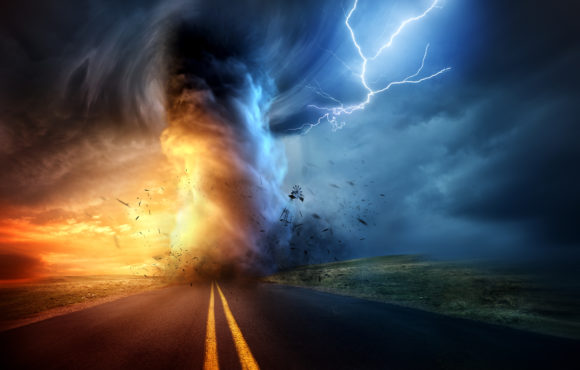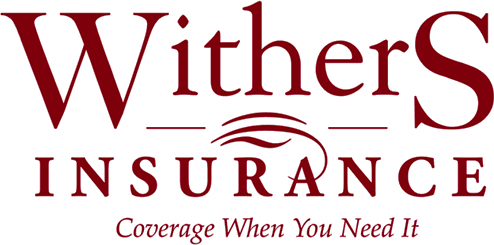By Maiclaire Bolton Smith | 2020

In the past 10 years, the U.S. has seen 121 events produce damage in excess of $1 billion. Globally, this escalates with many more events around the world. From major hurricanes and floods, to annual severe weather, devastating wildfires, and even the rarer occurring earthquakes and volcanoes, in the past decade, the U.S. has seen them all.
In the latter half of the decade, the trend of catastrophic losses continued to rise with events like Hurricane Harvey (2017) and the California wildfires (2017 and 2018) among the most costly and disruptive.
Now more than ever, insurers need real-time data to understand risk on a granular level and best serve their policyholders.
Wildfires
Additionally, in California and across much of the western U.S., wildfires have become increasingly severe. Between 2012 and 2016, California wildfires destroyed a yearly average of 1,172 structures. This escalated in 2017, with more than 10,000 structures destroyed by wildfire and even more in 2018, with more than 22,000 structures destroyed. 2017 and 2018 were two of the most devastating wildfire years in U.S. history.
Since 2018, 11 Western states have had at least one wildfire that exceeded 50,000 burned acres. The leading states were California and Oregon, each with seven fires that burned more than 50,000 acres. Wildland-Urban Interface (WUI) zones have historically been used to define areas of risk, but like with flood, this does not mean there is no risk outside of the WUI. In California alone, nearly 4.5 million homes, representing almost one-third of California housing units, are in the WUI zone. The 2017 fires in Sonoma County, California remind us that homes in areas adjacent to the WUI are at risk.
Unlike other hazards, wildfire is a unique peril in that it can cause 100% destruction, resulting in the total loss of a home and all its contents. The devastating 2018 Camp Fire destroyed over 18,000 structures and took more than 80 lives. Many of the homes, like in the case of those in Paradise, will never be rebuilt, giving extended clarity for the need to be protected. Adequately assessing the reconstruction value of a home is paramount to gain an accurate understanding of the components and price to rebuild.
Whether it be hurricane, flood, severe weather, wildfire or earthquake, every part of the U.S. is exposed to some natural hazard. While we currently sit in an environment where much of the country is starting to reopen, various levels of social distancing requirements remain in place due to the COVID-19 pandemic. Response efforts for any disaster will be challenged this year and insurers need to have the financial resources to help their policyholders rebuild. The ability to recover after an event is critical to building a resilient society, which can be improved by strengthening or retrofitting homes and businesses.
It’s unclear what the next decade of natural disasters will bring — but it’s up to the insurance industry to reflect on the past to best prepare for the future
